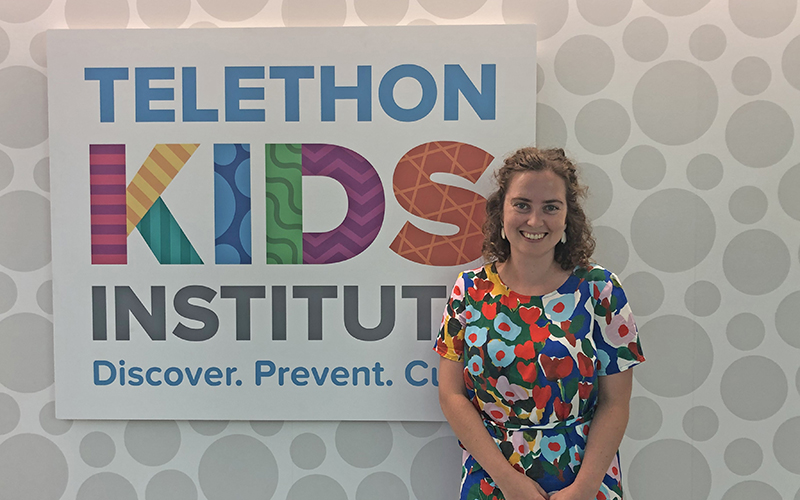Search
Showing results for "1"

Discover resources and science activities for kids for the topic 'Power of Our Lungs'.

Discover resources and science activities for kids for the topic 'Poo and You!'.

Rhinovirus infection drives complex host airway molecular responses in children with cystic fibrosis TEarly-life viral infections are responsible for

News & Events
Time for WA’s ‘wait awhiles’ to get vaccinatedResearchers leading a study into COVID-19 vaccine hesitancy say a sub-group of people they’ve dubbed the ‘wait awhiles’
In this The Kids Research Institute Australia subsite, our Rett syndrome research team manages a national and international database of Rett syndrome.
One of the many reasons for setting up the International CDKL5 Disorder Database was to learn more about this condition.
Research
Jet versus vibrating mesh nebulizer for tobramycin aerosol in spontaneously breathing children with tracheostomies: A simulation studyTracheostomy tubes act as foreign bodies, predisposing the surrounding airway to respiratory infections. Initial treatment for infections is topical - nebulized tobramycin - although guidelines for standardized treatment are lacking.
Research
Nationwide spatial dynamics of taeniasis in Thailand: declining prevalence but shifting focus and One Health risk factors across 2008–2014The prevalence of taeniasis in Thailand has decreased over the past six decades. However, it remains a public health concern, particularly in focal areas, especially along the border regions where migration between Thailand and neighboring endemic countries is frequent. Spatial distribution analysis provides a useful method for identifying high-risk areas and implementing targeted integrated control measures. This study aimed to examine the spatial patterns of taeniasis in 2008 and 2014, along with their associated One Health risk factors at the sub-district level.
Research
The NDIS at ten years: designing an equitable scheme for the next decadeJenny Downs BApplSci (physio) MSc PhD Head, Child Disability 08 6319 1763 Jenny.Downs@thekids.org.au Head, Child Disability Areas of research
Research
Protocol for spatial prediction of soil transmitted helminth prevalence in the Western Pacific region using a meta-analytical approachSoil transmitted helminth infections are estimated to impact 24% of the world's population and are responsible for chronic and debilitating morbidity. Disadvantaged communities are among the worst affected and are further marginalized as infection prevalence fuels the poverty cycle.
